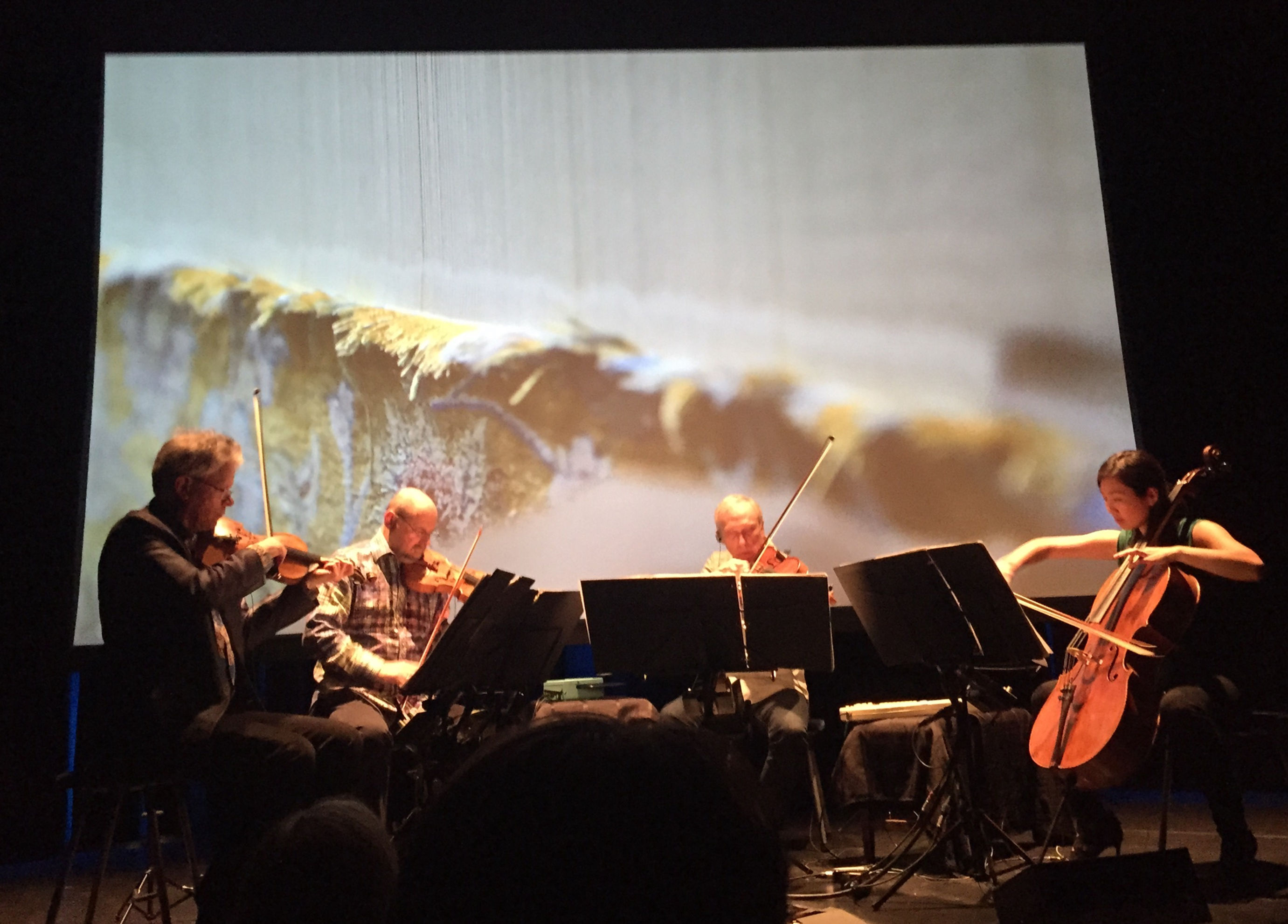Notes:
The origins of carpet weaving art in Iran (Persia) goes back to ancient times. The first documented evidence on the existence of Persian carpets comes from Chinese texts dating back to the third century. My father side of family comes from a generation of carpet weaver and I personally remember my grandparents weaving carpets as a part of their daily routines while I used to sit and watch them work for hours. The sounds generated by their tools and scissors have a very nostalgic place in my mind as I remember vividly how these sounds would form a rhythmic structure in my head while they were working rapidly and mechanically.
Professional carpet weavers work for a little wage and for very long hours. Most of them end up with respiratory deceases after decades of working on carpets but they still are in love with what they do since they started doing this at a very young age (usually 3 or 4). My grandmother told me a story about a 3-year-old girl who started weaving for the first time with my grandmother and her sensitive finger tips started to slowly bleed and you could see a vague red line of blood across the white lines of carpet warps as if this was her very first time encountering the hardship of life.
A carpet takes about a year to complete while two or four people are working on it day and night. One person at one end of the carpet sings the patterns and the other on the other side weaves the pattern. Since the carpet is symmetrical, they will be finished with one line of the design when they reach each other. The tedious and repetitive process of weaving makes them put music to this pattern-reading which turns it into beautiful songs. Some of these songs survive generations of weavers and become routine songs in that region of country and in that dialect of Farsi.
I thought of these sounds and songs as the inspiration behind Tar o Pood in which I imagined these songs and the weavers repetitive work as an endeavor by these workers to preserve what they have learned to do since the beginning of their lives. This is how they breathe; Through “love” for this art and creating a fixed portrait of their own lives. This is in fact their history, their culture and their customs they weave and little by little they put pieces of their beings into these art pieces which eventually end up on someone’s house.
floor. The piece is in three distinctive sections. Tarh which means “Pattern” in Farsi, depicts the pattern-reading process and in fact this section is designed in the shape of a carpet even on the music score. Bâft meaning “Knotting” portrays the mechanical procedure of carpet knotting and scissoring the extras with all the noises and some actual singing which I spent 6 months recording in different regions of Iran. In the last section Pardâkht meaning “Finish”, I incorporated my own grandmother’s voice singing a carpet-weaving song which translates as follows:
Thread by thread, it is enough with that flower (that symbol)
No matter how long I work, this work will never finish,
Day and night I spend knotting Kermân (a city) rugs,
And even if my finger tips start to bleed,
I’ll never leave my place and will never stop working!
top of page
$60.00Price
bottom of page
